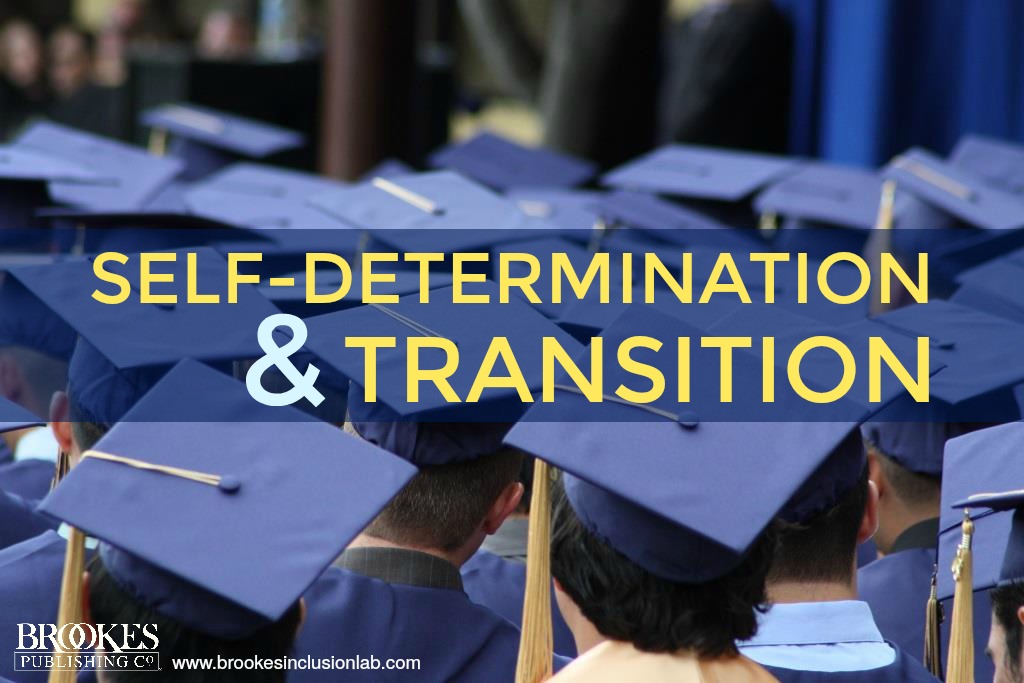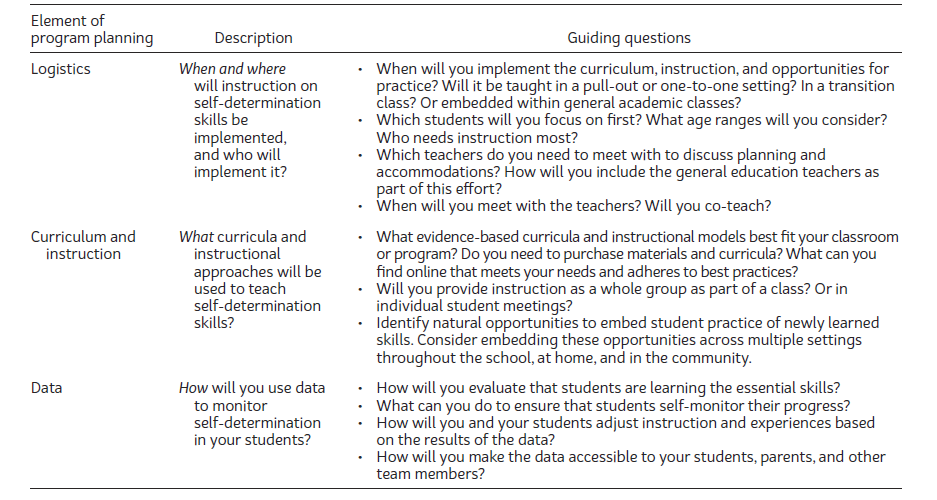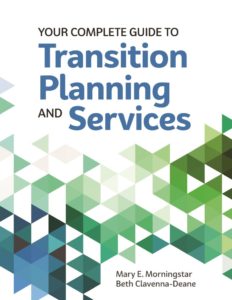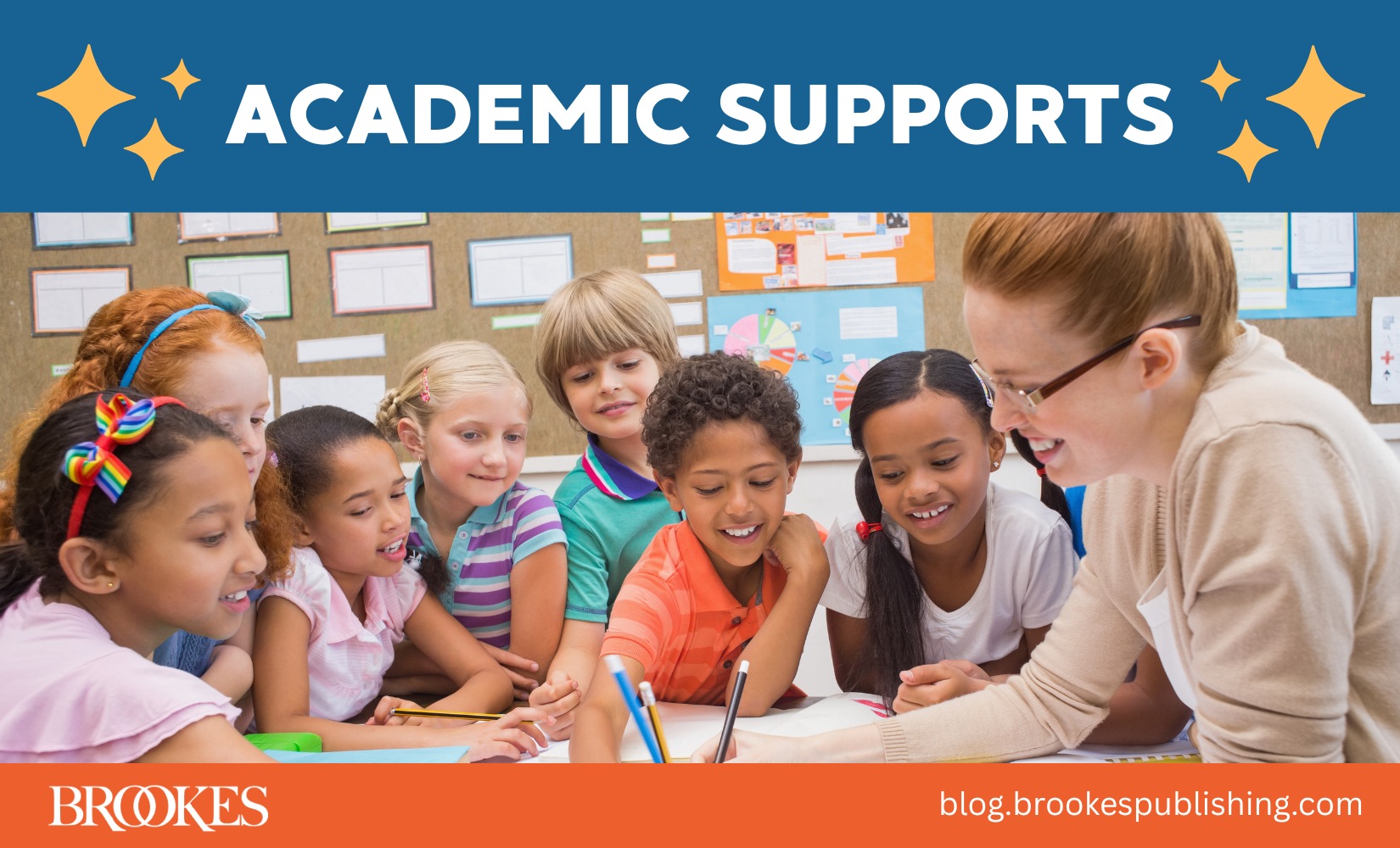7 Key Steps to Self-Determined Transition Planning
February 13, 2018
How do you empower your students with disabilities to plan for the future? If you’re a high school educator, one of your goals should be supporting your students’ self-determination skills so they can take a lead role in their own transition planning. Teaching self-determination skills might seem like a daunting task—there are only so many hours in the school day!—but with some planning, you can fit self-determination into your existing curriculum and ensure that your students are front-and-center in mapping out their own future.
Today’s post presents 7 elements of self-determined transition planning, excerpted and adapted from Your Complete Guide to Transition Planning and Services by Mary Morningstar & Beth Clavenna-Deane. These are some key starting points you can use as a guide when you’re thinking about how to increase student participation in the transition process.
Ask the right questions
There’s a lot to consider when you’re creating a plan for teaching self-determination skills—from logistics to instruction to evaluation. This table from Your Complete Guide to Transition Planning and Services lays out more than a dozen guiding questions for supporting student self-determination in your transition program. Keep these questions handy to guide the whole process:

Have students map out their dreams
The more chances your students have to discuss their interests and preferences, explain their goals, and plan for their desired future, the more self-determined they’ll become. Use a tool like the Dream Sheet to help them during the transition planning process. With this worksheet, students and their families can formulate a dream for the future, identify strengths, maximize the resources they have at their disposal to reach their dreams, and develop concrete action steps.
Consider cultural nuances
Keep in mind that what self-determination looks like to you might not match what it looks like to your students and their families. You might define self-determination as promoting a student’s individual rights and personal interests and goals—but this idea may not be emphasized or equally valued by all the families you work with. For culturally and linguistically diverse families who value a more collective cultural orientation, familial obligations take precedence over individual goals. In these cases, it’s important to 1) acknowledge and respect these cultural differences, and 2) focus on working with the family and the student to compromise and develop mutually beneficial goals. For example, if a student wants to go to college but the family wants him to go to work to help support the family, you might give the family information about the economic benefits of postsecondary education and help the student find a part-time job that will generate income as he attends college.
Boost student IEP participation
Students should be significantly involved in every step of their own transition planning, including the IEP process. To increase self-determination, give students the supports they need to:
- Help develop an agenda for upcoming IEP meetings
- Invite family members and other participants to the meeting
- Lead the introduction to their IEP meeting
- Co-develop annual IEP goals that will help them meet their post-graduation objectives for education, employment, and independent living
- Make decisions about high school courses and the accommodations needed to reach their goals
- Monitor progress on their IEP goals
Select a strong self-determination curriculum
Several published curricula focus on teaching students with disabilities the self-determination skills they need to participate actively in their transition planning. Morningstar suggests the following options, all of which have a research base for increasing student skills and improving post-school outcomes.
- The Self-Directed IEP curriculum (Martin et al.), 11 sequential lessons typically taught over six to ten 45-minute sessions; teaches students to become active participants and lead their transition IEP meetings.
- The Self-Advocacy Strategy (SAS) curriculum (Van Ruesen et al.), a five-step curriculum that teaches self-awareness, self-advocacy, and goal setting along with improved communication and locus of control so that students can plan and lead the transition IEP meeting.
- Whose Future Is It Anyway? (Wehmeyer, et al.), a curriculum of 36 discussion-based lessons addressing self-awareness, decision making, identifying resources to support goals, goal setting, communicating, and participating in transition planning meetings.
Assess and monitor student progress
To monitor student progress:
- Use a reliable self-determination assessment tool. (For example, the Self-Directed IEP curriculum includes curriculum-based assessments aligned with content.) Keep track of student growth by administering your assessment before and after teaching the content.
- Collect data periodically, and then use that data to adjust instruction or activities as needed to support students’ skill development.
- Teach your students to self-monitor progress toward their personal goals. Create a worksheet that students can use to keep track of goals, log their challenges, and brainstorm solutions to problems. (A handy reproducible tool can be found in Your Complete Guide to Transition Planning and Services.)
Put it all together
To best prepare students for the future, self-determination skills should be taught in combination with each other rather than in isolation. Morningstar & Clavenna-Deane offer a scenario to demonstrate:
Chrissy is planning to attend a local community college and pursue a career in graphic design. Her life after high school will require that she have the skills to advocate for accommodations to support her learning needs, effectively problem solve when barriers arise, set and monitor her individual and academic goals, and make informed choices and decisions. Chrissy’s teacher should use established evidence-based practices to support Chrissy to identify and act on her personal academic and transition goals, and teach her to self-monitor progress. Chrissy meets regularly with her IEP case manager during her advisory period, where she can strengthen her problem-solving skills and adjust her goals for the future, if necessary. Chrissy can also monitor her progress toward her goals, especially during core academic courses, to ensure she receives the accommodations that she has learned are most helpful and advocate for them when needed. These opportunities to practice self-determination are embedded throughout the entire school day.
What would you add to this list? Is there a strategy you use to support the self-determination skills of the high school students you teach? Add your thoughts in the comments below!
CHECK OUT THE BOOK
 Explore Your Complete Guide to Transition Planning and Services, an introductory guide that helps you every step of the way as you support students’ successful transition to college, work, and community. Get an excerpt, see the full TOC, and read the reviews!
Explore Your Complete Guide to Transition Planning and Services, an introductory guide that helps you every step of the way as you support students’ successful transition to college, work, and community. Get an excerpt, see the full TOC, and read the reviews!




Write a Comment
Your email address will not be published. Required fields are marked *
Post a Comment